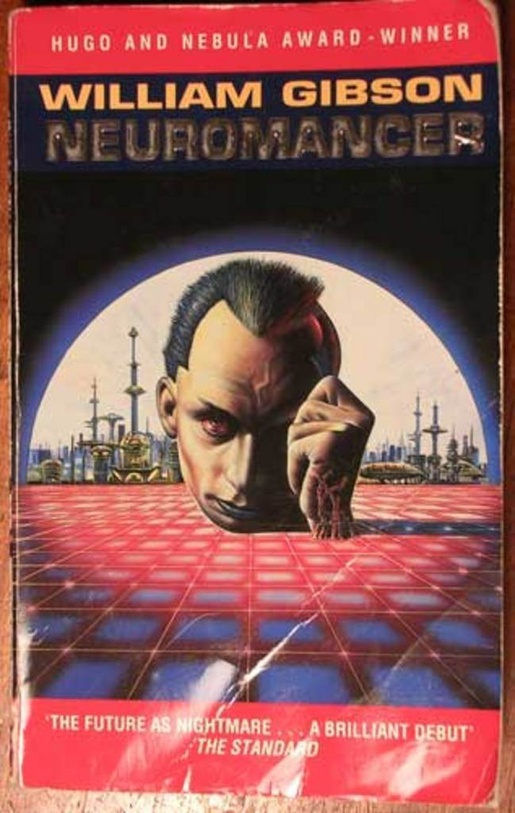
|
||
 Enlarge
Enlarge
|
Licensing | |
In 1984 William Gibson published his first book, Neuromancer, which was received with widespread literary acclaim. The book garnered the Hugo, Nebula and Philip K. Dick Awards, sweeping the scene of science fiction that year. The book is associated with the genre of cyber-punk literature; It was here that William Gibson coined the term "cyberspace".
In this book, the author paints a vision of a vibrant, dystopic future, replete with advanced technologies, transnational identities, and a post-state existence. The supremacy of information as currency is a major theme developed in the book.
Gibson incorporates the image of Japan into much of the novel. The Japan he imagines is not characterized as the traditional nation-state, but as a collection of cultural emanations experienced through the world dominance of Japanese corporations and technologies, and the global ubiquity of Japanese technological and cultural products.
Anxiety and interest of 1980s America regarding Japan is reflected in the future world portrayed in Neuromancer. In the context of a post-modern quasi-stateless universe, however, Gibson’s vision does not translate as Japanophobic, but rather as an optimistic and technophilic extrapolation of contemporary circumstances.
This work is licensed under a Public Domain
 jwoodside
—
Atualizado em Mar 30 2011 8:00 p.m.
jwoodside
—
Atualizado em Mar 30 2011 8:00 p.m.


 mpitelka
mpitelka


 William Gibson's Japan
William Gibson's Japan
 Journal feed
Journal feed
